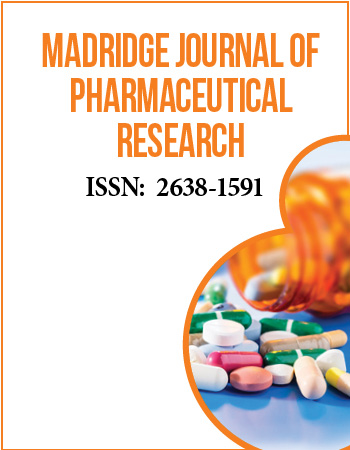International Conference on Medicinal and Pharmaceutical Chemistry
December 5-7, 2016 | Dubai, UAE
Identification of structural elements of MCP chemokines and their shared receptor CCR2
1Department of Biochemistry and Molecular Biology, Monash University, Australia
2Monash Institute of Pharmaceutical Sciences, Monash University, Australia
3Harry Perkins Institute of Medical Research, QEII Medical Centre, Australia
Chemokine receptors are G-protein coupled receptors (GPCRs) that regulate the movement of leukocytes during inflammation. CCR2, a major chemokine receptor on monocytes and macrophages, binds to several CC chemokine ligands and plays a key role in atherosclerosis, obesity and type 2 diabetes. The major ligands of human CCR2 include monocyte chemoattractant protein 1 (CCL2) and MCP-3 (CCL7). Here we show that MCP-1 and -3 have distinct potencies and efficacies of signalling at CCR2 and we identify structural features of the chemokines and receptor contributing to the differences. First, using a series of chemokine chimeras, constructedby swapping the three main receptor recognition regions between MCP-1 and MCP-3, we have identified structural elements of MCP chemokines responsible for differences in receptor activation. We found that the chemokine N-terminus plays a major role towards full versus partial agonism. The affinities of the chemokine chimeras to the CCR2 also confirmed that the N-terminus makes a significant contribution to receptor binding by these two chemokines. Second, using a series of CCR2 mutants, we have identified elements of CCR2 that interact preferentially with the chemokines. The affinity of chemokine binding and the potency of ERK-1/2 phosphorylation by MCP-1 and MCP-3 was determined for each receptor mutant. Four of the mutants, Y120F, R206A, I263A/N266A and Y259F displayed differential effects on the affinity of MCP-1 relative to MCP-3. These mutated residues are clustered together in the transmembrane region of the receptor. We conclude that this region of the receptor plays a major role in distinguishing between the two cognate chemokines, apparently by differential interactions with the N-terminal regions of the chemokines. Our investigation has yielded significant new information on chemokine receptor binding and signalling, which will guide future drug development.
Biography:
My name is Zil e Huma and I am a final year PhD scholar in the Department of Biochemistry and Molecular Biology at Monash University, Australia. In addition, I am also working as a teaching associate at the same department. My area of interest revolves around understanding the signalling mechanisms of GPCRs. Chemokines and their receptors have always been a target of interest because of their role in inflammatory diseases. I am interested to investigate different chemokines which cause differential signalling at the same receptor. This study will help understand the chemokine-receptor interactions to develop novel therapeutic agents.


